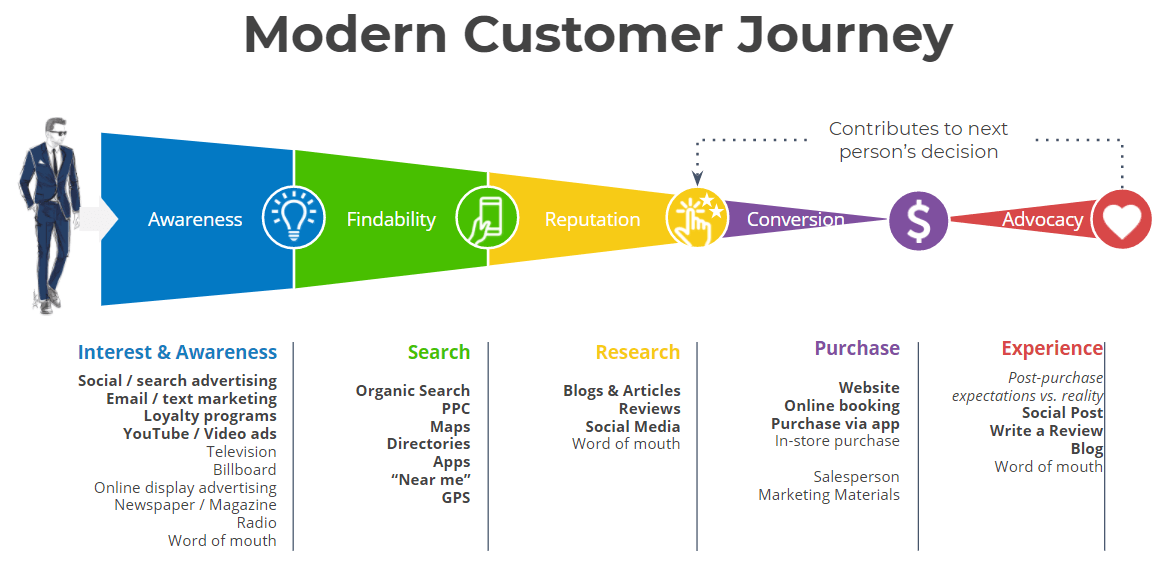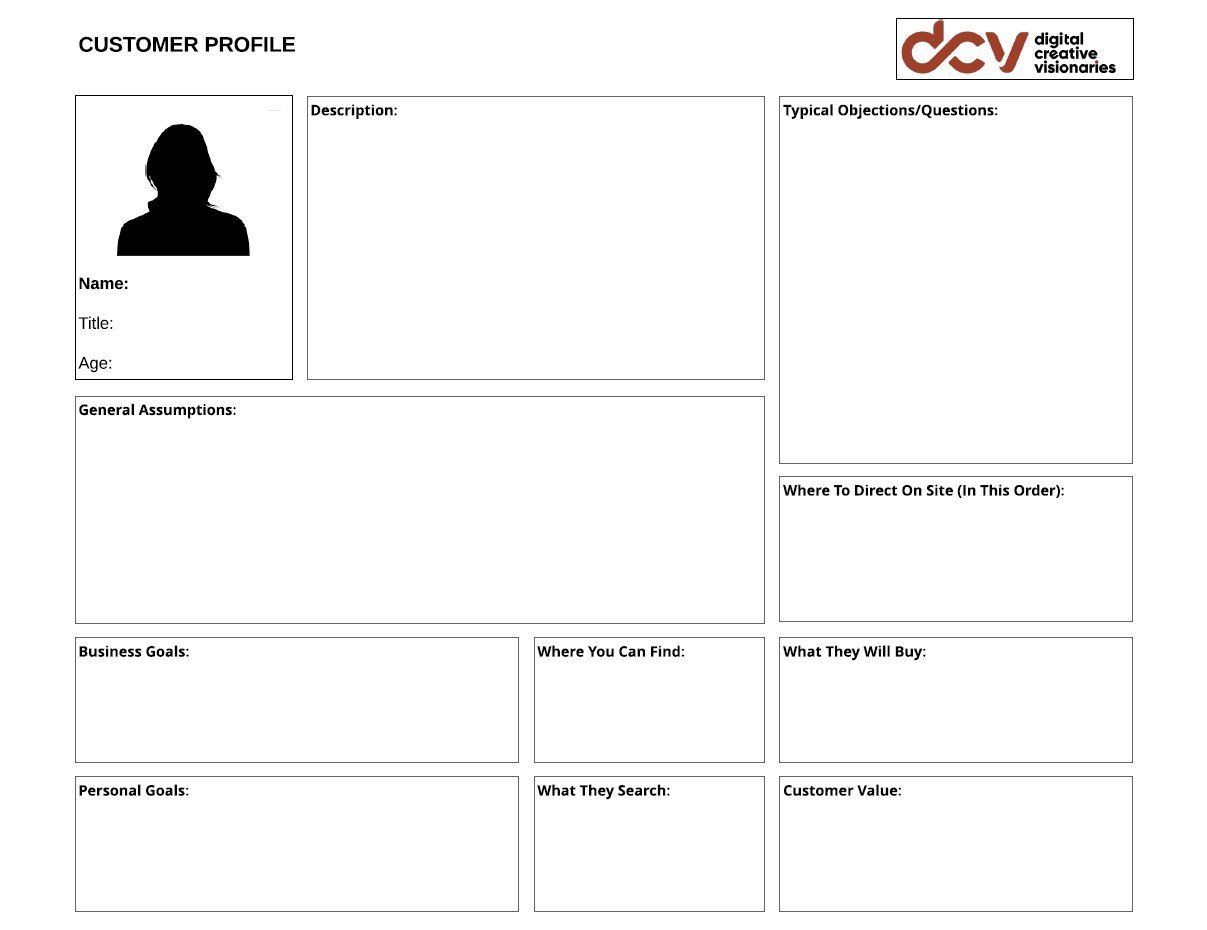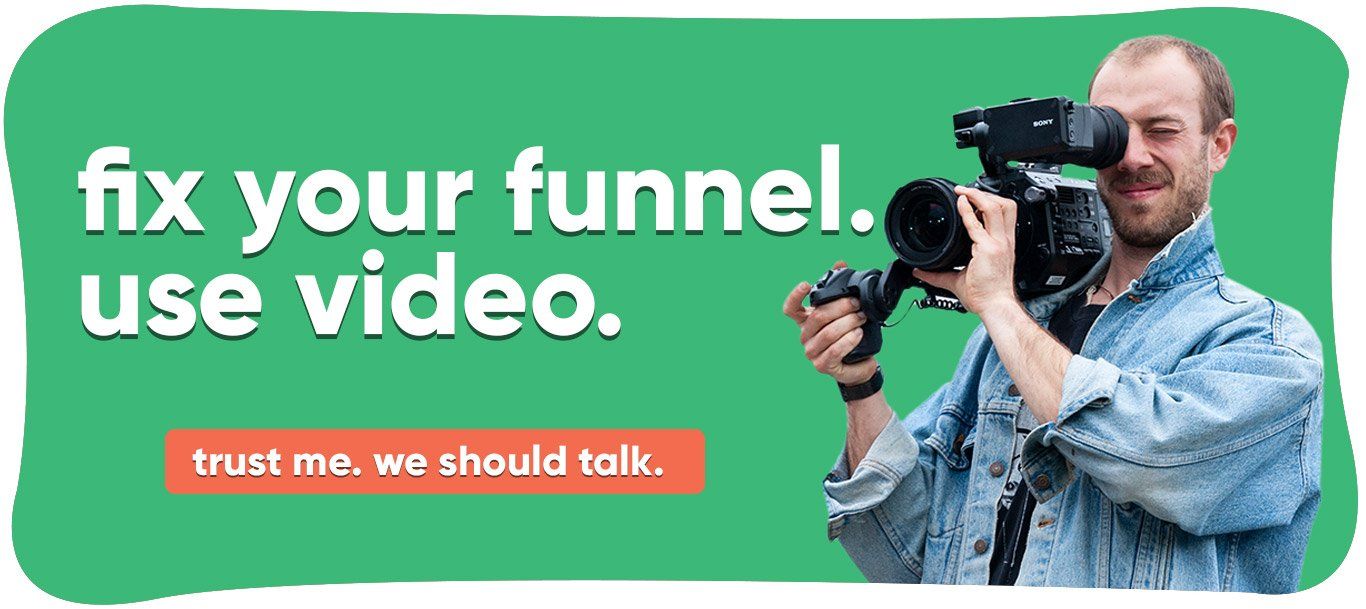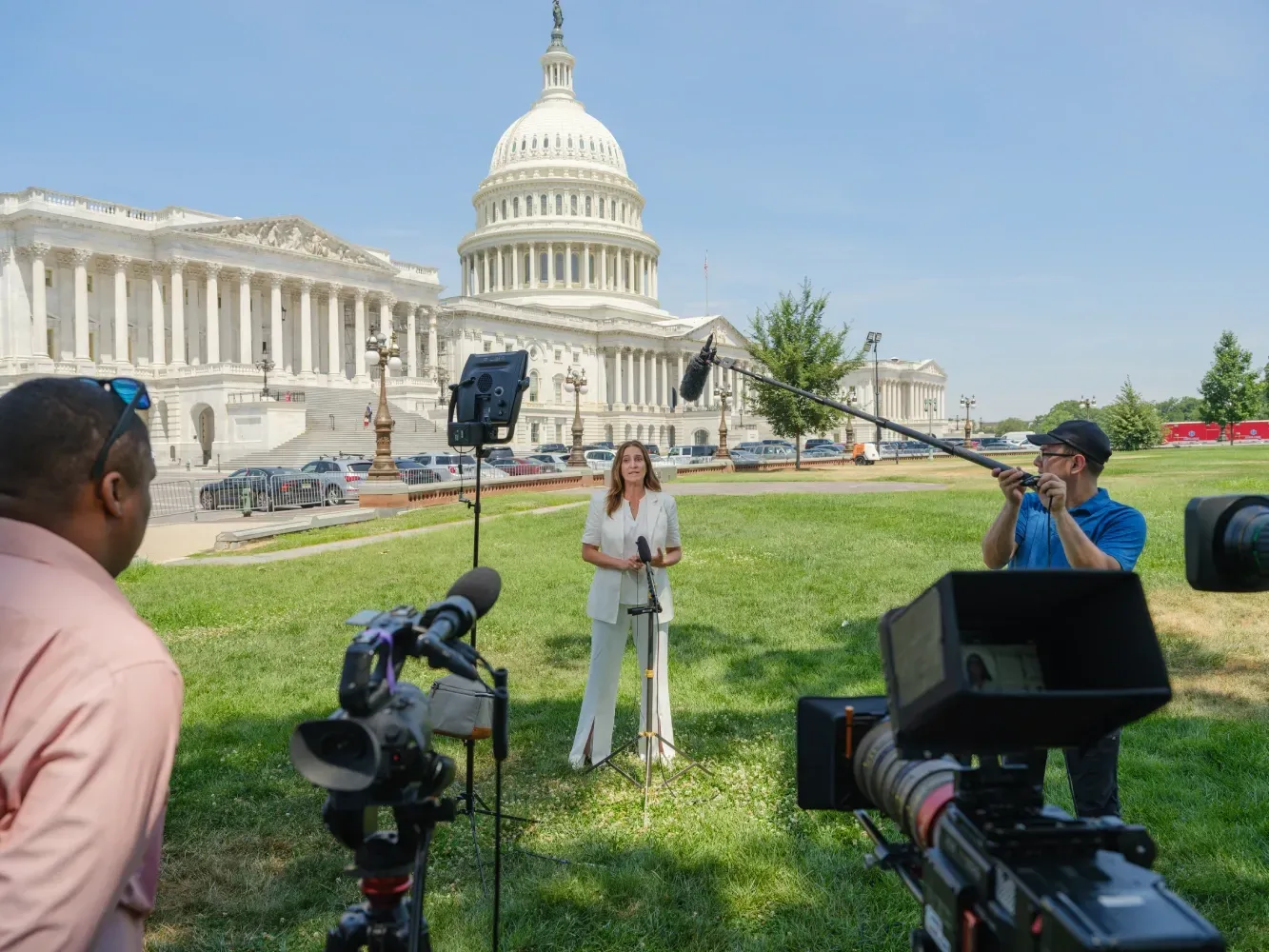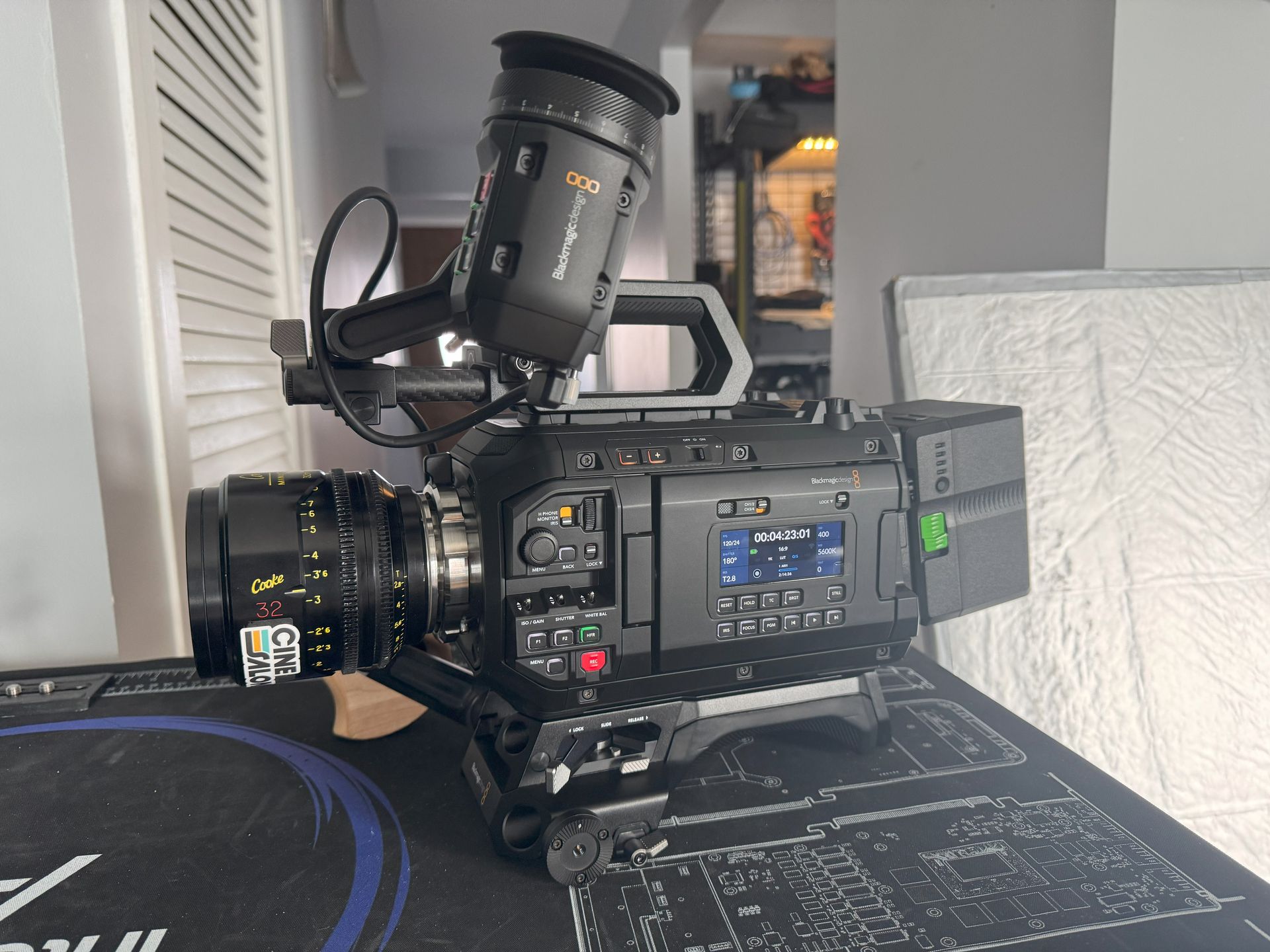Ready to see our video production secrets? 🕵️
- Are these videos increasing conversions?
- Did it help your viewers become more engaged with your business?
- Is it raising your brand awareness?
- Can we track our assets performance?
Successful marketing videos start with strong structures.
Phase 1: Research 🔬
🔥 PRO TIP:
How do you this?
Know what you’re selling! Duh!
- What’s your product’s preferred age group? Will teens be more likely to use it or adults?
- Is your business online, or do you have a physical establishment?
*If you're part of the latter, then you'd want a customer that lives near your place of operations. After becoming a more prominent brand, you can start asking yourself if you wish to expand nationally or globally.
- What’s the income range that you’re marketing to? Are your products high-end, budget, or somewhere in between?
- Are your products purely being marketed to consumers or other businesses, as well?
- Identify the key issues you need to solve
- Determine your product awareness. Is it something consumers already desire, or do they have to be informed beforehand?
- Know the aspects of your product that customers will value.
- Find your audience’s “tipping point.” Know what you need to you in order to get them to your side.
- Learn about your product’s weak points and how they can be resolved.
Phase 2: Conceptualization 💡
🔥PRO TIP:
Don’t hesitate to entertain bold ideas. In a heavily congested market, it can be a bit harder to stand out, so take steps to try something new and exciting.
Here are the four steps you can use as a guide for developing an excellent video concept:
1. Select The Most Suitable Video Production Type
We've helped the National Restaurant Association creatively announce the year's food trends by taking spreadsheets of data and turning it into what their audience knows best... food!
App Demo:
Another subset of Instructional Videos, an app demo, will be featured in different app stores and show why it’s great to potentially increase customer excitement and future downloads.
Highlight the head of your team to give your audience a better idea of your brand’s culture, passion, purpose, approach, and style. (This links to a great article about using your CEO for maximum impact in video)
Company Profile:
Much like the above, this will explain the inner workings of your brand, with all the whats hows and whys.
Investor Presentation:
This presentation will show potential investors the reasons why they should join your team.
Lifestyle Videos:
Most brands have built successful empires not by selling their product/service, but by selling the lifestyle attributed to it. You can show your audience what lifestyle is attributed to your product and evoke a desire for them.
2. Prove That Your Offer Beats Your Competition
🔥PRO TIP:
For the less customer-facing brands, look at the reviews of those who’ve already tried out your product to help you identify its differentiating qualities. If your product is on Amazon or any other online seller, find what customers have to say about it, be it good or bad.
3. Video Concept Quality
🔥 PRO TIP:
It’s important to take note that marketers will often try to one-up each other by copying competing brands. Soon after, different brands within the same industry will be showing the same thing, so avoid boxing yourself in.
On the same token, don’t reinvent the wheel. It’s a very very large market out there, and sometimes a brand just gets it perfect with their pitch. If they are doing it well, pay homage and get competing for eyeballs.
4. Is The Video Production Feasible?
Backstage
Equipment: (If you need to buy):
B&H
Phase 3: Creating Structure ✍️
1. Craft “The Hook”
- Use visual effects like bouncing and shaking images, or unique transitions to keep your audience entertained.
- Make animations for an overall better visual experience
- Implement a great opening title
- Offer a promo or discount, essentially an incentive for your customers to keep on watching.
- Initially blur out an image so viewers will be curious to see what will happen next.
2. Create A Hypothetical Problem
3. Solve The Problem
4. Make A Call For Action
🔥 PRO TIP:
Regardless of what you choose, you should communicate whatever it is you want your audience to do very clearly.
5. Remove Any Doubts
6. Repeat Step 4
- Would I like the Coast Guard?
- What can I do when I exit service?
- Can I see myself in this picture 4 years from now?
- Can I trust the USCG?
The video series spoke for itself, generating over 18 Million views and a significant rise in recruitment inquires.
Final Word 🏁

Get total clarity on your video marketing and paid media with our FREE comprehensive data audit.

